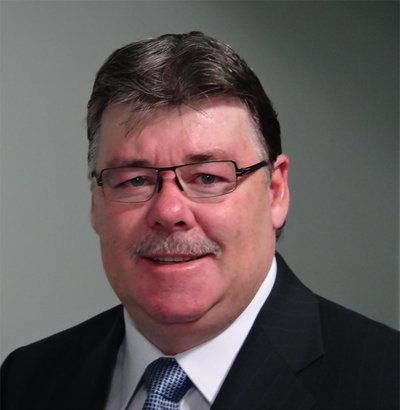Improving industrial productivity: Honeywell’s thoughts on collaborative decision-making
|
In Australia, Honeywell Process Solutions is heavily engaged with many organisations in the mining, metals and minerals industries and in oil and gas. At the recent Honeywell Users Group (HUG) forum in Perth, I spoke with Pacific Sales Director, Honeywell Process Solutions Garry Mahoney about how the current economic environment is impacting these industries, and what Honeywell is doing to help. He said that in a nutshell, capital expenditure has reduced or in many cases completely ‘dried up’, but across the board there is a drive to get back to pre-GFC cost structures. This seems to mean for most organisations a 20-25% reduction in operating costs - which can be in the form of direct cost cuts, but also in the form of “doing more for no additional cost”. |
|
The main issue is to increase productivity, while not increasing - or even reducing - existing cost structures. As Mahoney explained, this can mean different things to different people.
Better collaboration
“One way is to reduce labour costs, but most people realise that tweaking labour costs will probably only save 2-3%, so there needs to be a new way of thinking about it. People are beginning to see that they need to better utilise the information from their plants and processes to enable improved decision-making, especially in situations where some event has happened that has impacted productivity or safety. They are seeing that traditional decision-making processes are inefficient and have a direct impact on cost,” he said.
“For example, if there was an incident on a night shift, typically the operations meeting the next morning would try to get to the bottom of what happened. The asset manager might be asked what happened, and he will need to go and investigate. The operations person may be asked what happened in the control room, and they will need to go and investigate. Was it a product issue, effecting quality? Then the quality guys need to investigate. So they might go and talk to their teams, gather some data and bring it back to the next morning’s meeting. It could be hours, it could be a day or it could even be a week before the investigation is complete.
“But now we have a different paradigm: with the right tools at their disposal right there in the meeting, the various team leaders - the people who have the particular knowledge of their discipline - should be able to pull up the relevant data right there in the first meeting. Let’s pull up that data. What was the lab sample? When did it happen? When was the alarm? What happened before that?” Mahoney explained.
Mahoney explained that if the data is there in the production systems, the safety systems and the asset management systems anyway, then if the data can be collected right away and be available to the decision-makers right when they need it, then it may be possible to resolve the issue or come out of the first meeting having set a course of action to resolve what occurred, and to take action to prevent similar incidents in the future.
“This is not about reducing labour cost as such, but enabling people to act in a more timely way to enable better productivity, and to get on with going about their work of business improvement,” he said.

Technology can help
Honeywell recently released its vision of this information support with the Experion Collaboration Station, an application designed for a large touch screen which allows teams to collaborate with all the necessary information at their fingertips, and with the ability to videoconference directly with staff in the field.
“The base technology for collecting data from control systems is there, but what we are trying to do is bring that data together in a way that people can more easily collaborate by bringing data together from different sources and presenting it in a context that makes sense for the people trying to manage that incident,” explained Mahoney.
But better collaboration isn’t the only way businesses can reduce their costs. More next week ...
Climate-friendly electricity from ammonia
Researchers the Fraunhofer Institute have developed a high-temperature fuel cell stack that can...
Digitalised, sustainable battery cell production
German researchers have developed a flexible winding system for battery cells that is embedded in...
Expired deadline threatens critical infrastructure as compliance lags
The deadline for achieving cybersecurity framework alignment for the SOCI Act expired on 17...













